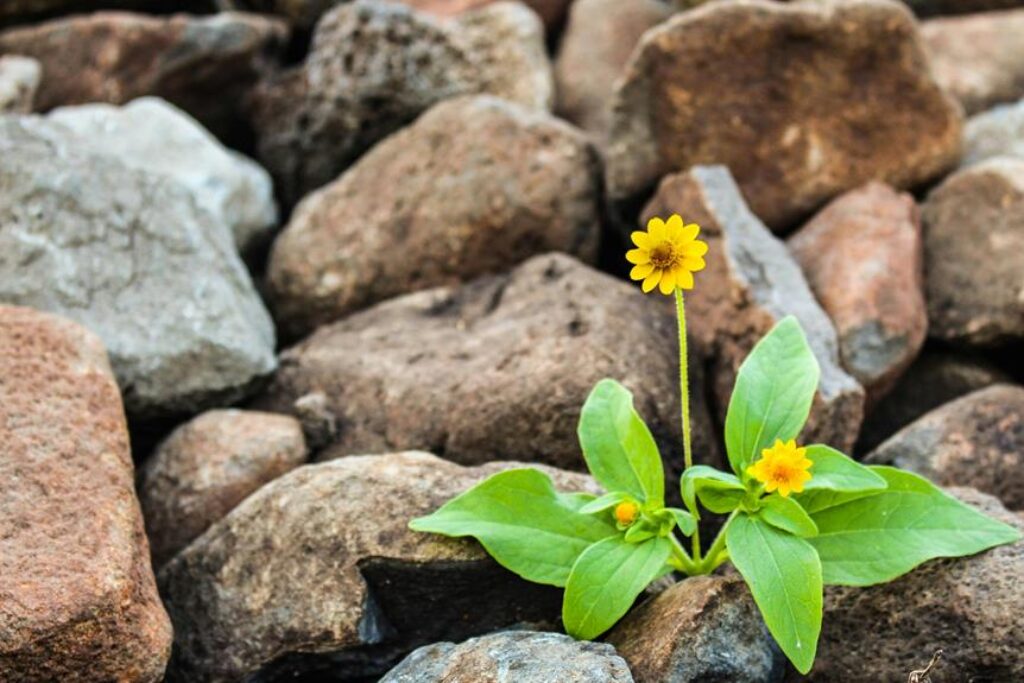
If you find yourself in a survival scenario, knowing which plants to consume can be crucial for your well-being. Imagine the peace of mind that comes with being able to identify safe and nutritious plants in the wild. By understanding the best options available to you, you can ensure you are making informed choices when it matters most.
Benefits of Eating Wild Plants
Eating wild plants can significantly boost your nutrient intake and survival chances in the wild. When you find yourself in a survival situation, foraging for edible plants can provide essential vitamins and minerals that your body needs to function properly. These plants are packed with nutrients that can help keep you energized and hydrated. By incorporating a variety of wild plants into your diet, you can ensure that you’re getting a well-rounded source of nutrition.
In addition to their nutritional benefits, wild plants can also serve as a valuable source of calories. In a survival scenario where food is scarce, consuming wild plants can help sustain your energy levels and keep you going until you find a more substantial food source. Furthermore, many wild plants offer medicinal properties that can help alleviate common ailments or injuries that you may encounter in the wild.
Top Edible Wild Plants
When foraging for survival, incorporating a variety of wild plants into your diet can provide essential nutrients and sustenance. Some of the top edible wild plants that you can consider including in your foraged meals are:
- Dandelions, rich in vitamins A and C, as well as calcium and iron.
- Nettles are another excellent choice, packed with vitamins, minerals, and even protein.
- You might also come across purslane, a succulent plant high in omega-3 fatty acids and antioxidants.
- Lamb’s quarters are nutritious, offering vitamins A and C, calcium, and iron.
- Additionally, cattails are a versatile option, providing various parts that are edible and rich in nutrients.
- Finally, don’t overlook the potential of chicory, which can add both flavor and beneficial nutrients to your survival diet.
Remember to always properly identify plants before consuming them to ensure your safety in the wild.
How to Safely Identify Plants
To safely identify plants while foraging for survival, it’s crucial to familiarize yourself with key botanical features and characteristics. Look closely at the plant’s leaves, stems, flowers, fruits, and overall growth pattern. Leaves come in various shapes and arrangements, such as lobed, toothed, or compound. Stems can be square, round, hairy, or smooth. Flowers vary in color, size, and petal arrangement. Fruits can be berries, pods, or nuts. Pay attention to any distinctive smells or textures as well.
Another essential aspect of plant identification is understanding the environment. Different plants thrive in specific habitats, so knowing where certain plants are commonly found can narrow down your search. Consider the soil type, sunlight exposure, and moisture levels of the area you’re foraging in.
Utilizing field guides or plant identification apps can be incredibly helpful tools. These resources provide detailed descriptions, photographs, and even interactive features to assist you in accurately identifying plants. Practice your identification skills regularly to become more confident in distinguishing between edible and toxic plants. Remember, when in doubt, it’s best to err on the side of caution and avoid consuming any plant you’re unsure about.
Tips for Harvesting and Preparation
For effective harvesting and preparation of survival plants, ensure you gather them at the peak of their freshness and nutritional value. When harvesting, be cautious of poisonous look-alike plants and always positively identify the species. It’s crucial to wash the plants thoroughly to remove any dirt, insects, or contaminants before consuming them.
To prepare survival plants, consider various methods such as boiling, steaming, or eating them raw, depending on the plant type. Boiling can help remove bitterness or toxins from certain plants, making them safer to eat. Steaming preserves more nutrients compared to boiling, but be sure to cook them thoroughly to break down tough fibers and improve digestibility.
Experiment with different recipes to make the most of your survival plants. You can incorporate them into soups, salads, stir-fries, or even make herbal teas. Remember, proper harvesting and preparation techniques are essential for maximizing the nutritional benefits of survival plants in a precarious situation.
Camping















